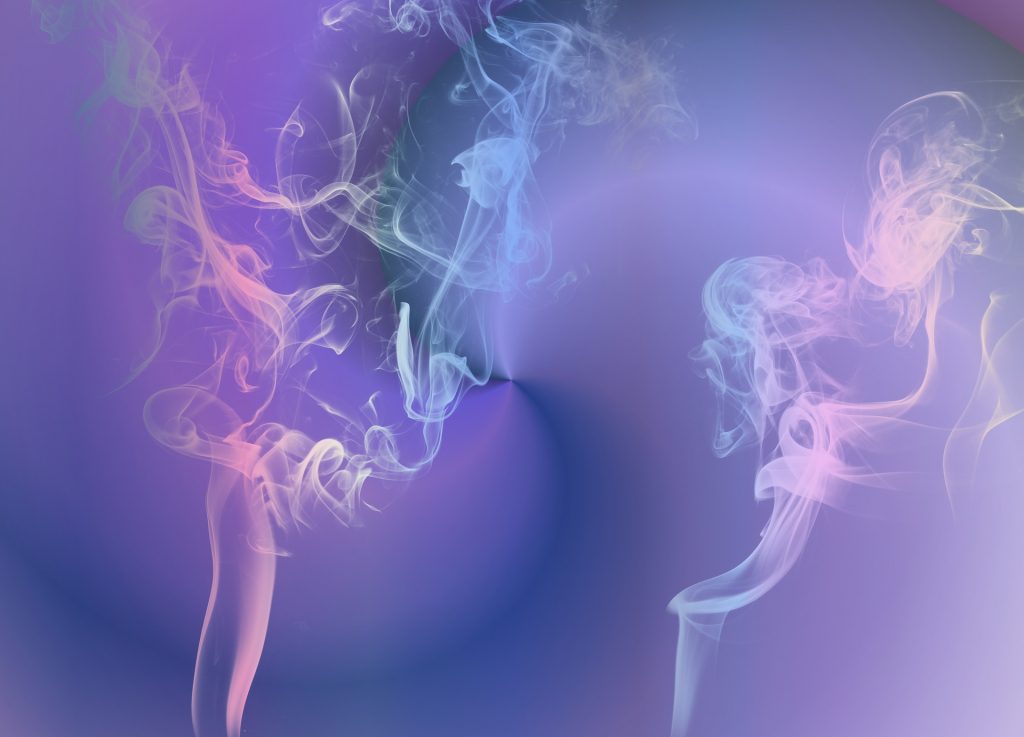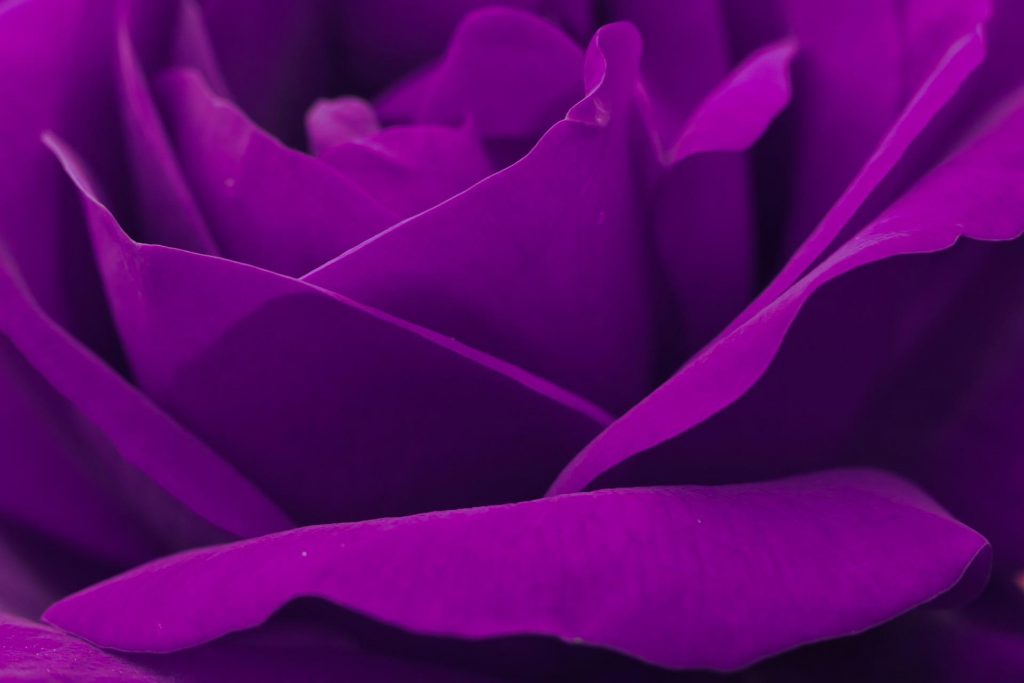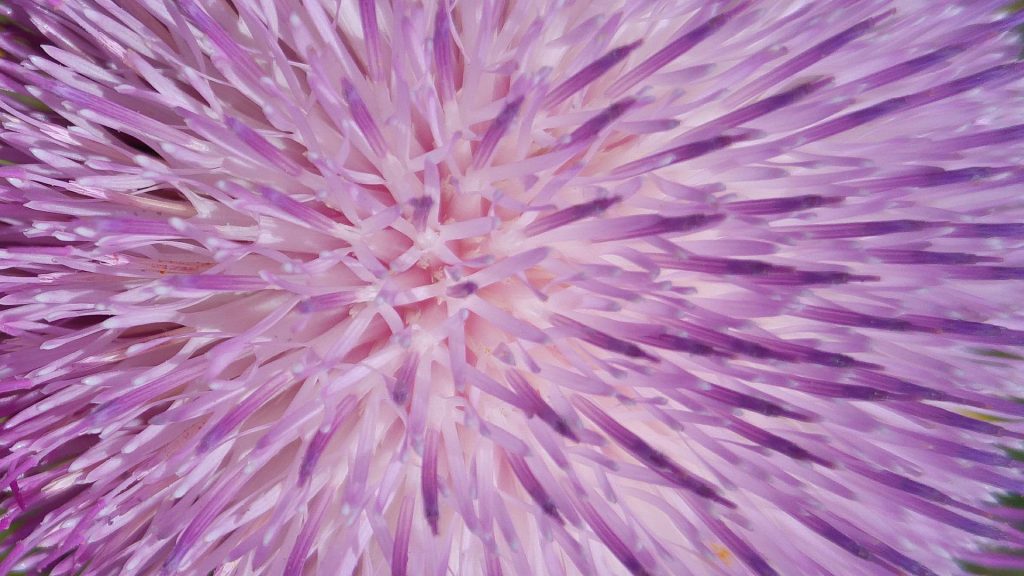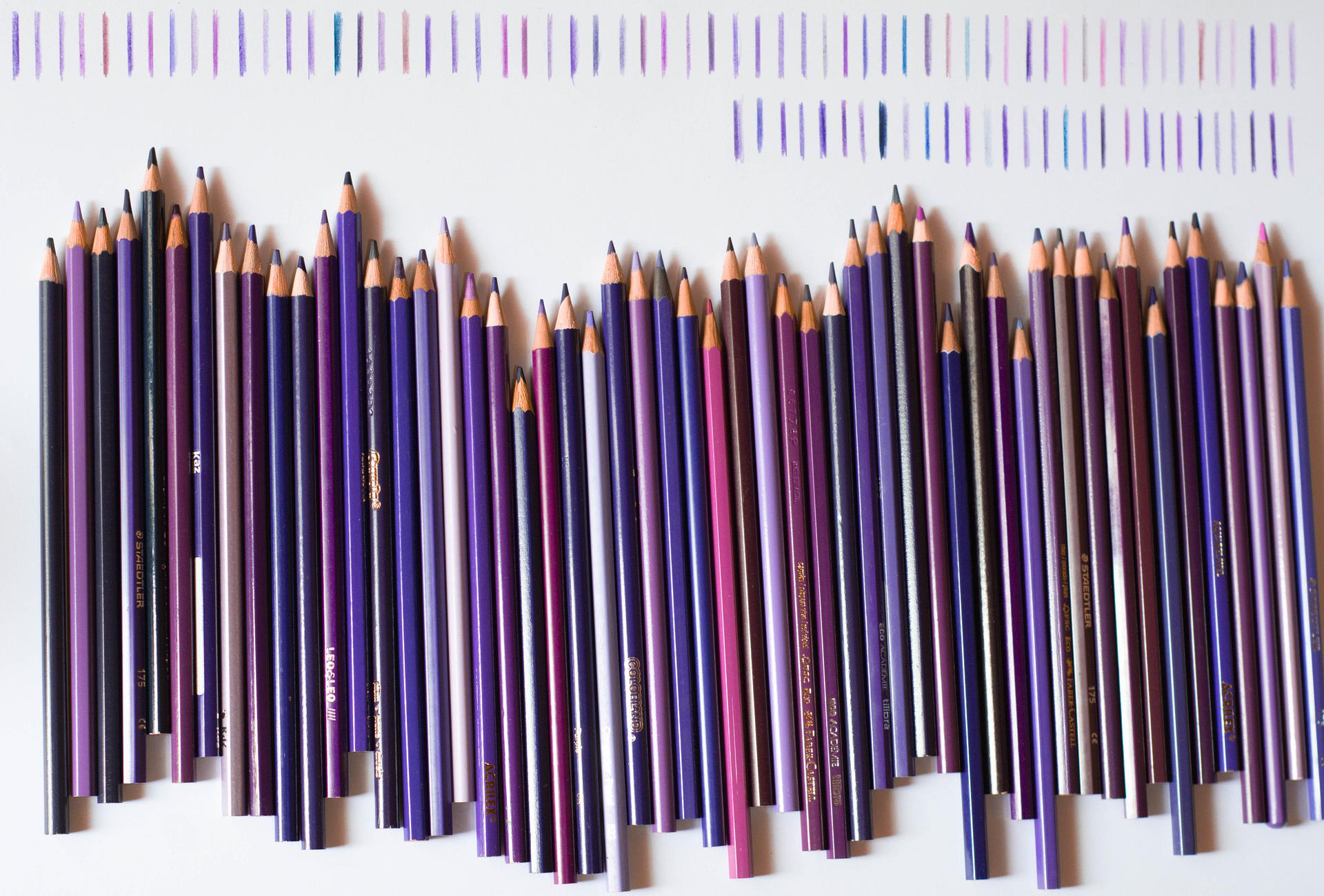How to make purple? Combining blue and red as one makes purple. How much blue and red you add to your combination will decide the specific shade of p
How to make purple? Combining blue and red as one makes purple. How much blue and red you add to your combination will decide the specific shade of purple you produce. More red will make a redder purple, and more blue will make a bluer purple.
Blue and red are fundamental to making purple, yet you can blend in different varieties to make various shades of purple. Adding white, yellow, or dim to your combination of blue and red will give you a lighter purple. Integrating dark into your blue and red blend will provide you with a hazier shade of purple.
By and large, purple alludes to any tone with a shade that is red and blue. Yet, getting the ideal shade of purple is somewhat more muddled than essentially blending these two tones. This is where the study of variety comes in! Understanding the science behind making purple will assist you with making purple completely all alone.

How to make purple – The Science behind it
What two varieties make purple? Combining red and blue as one makes purple, yet getting the right shade of purple isn’t exactly basic.
To respond to the inquiry, “What varieties make purple,” you want a fundamental comprehension of variety. Variety comes from light, so we really want to begin by seeing how light functions.
In easier terms, objects have specific actual properties that make them assimilate particular sorts of light or electromagnetic waves. The light waves that aren’t ingested are reflected, which makes the variety you see with your eyes!
Also, what might be said about high contrast? An article will seem white when it mirrors all tones. This is on the grounds that white contains all frequencies of light and is made of all shades of the rainbow. The light from the sun is an illustration of white light! Then, at that point, there’s dark. Dark articles retain all tone since they mirror no light back.
More often than not, an item will mirror some tone. So when an article shows up as green or red to you, this is a direct result of the frequency of light that is skipping off of the item.
Right now, you’ve presumably speculated that light comes in bunches of various frequencies. A frequency is a distance between two peaks of a rush of light. You can envision how a frequency of light acts by pondering how water stirs things up around town on the ocean side.
Waves in some cases hit the shore low and far separated. At different times, waves come in higher and closer together. Presently, to quantify the length of the waves at the ocean side, you’d begin at the most elevated point, or peak, of one wave, then measure to the peak of the following wave. The separation from one peak to another is what we call the frequency of the sea around the ocean.

How to make purple – Different Types of Purple
How to make purple – Blue Tints of Purple
- Periwinkle
- Lavender
- Blue-Violet
- Indigo
- Amethyst
- Lilac
How to make purple – Red Tints of Purple
- Magenta
- Red Violet
- Orchid
- Heliotrope
- Fuchsia
- Merlot

How to make purple – Purple and Violet
Purple is at times mistaken for violet. However, purple and violet are various tones. Here is the contrast between purple and violet: violet alludes to the shade of a solitary frequency, yet purple comes from a blend of frequencies.
Violet is viewed as an otherworldly variety. Like blue and red, violet is made through a solitary frequency of light which falls on the noticeable range somewhere in the range of 380 and 450 nanometers. Purple is certainly not an unearthly variety. All things being equal, purple becomes apparent to our eyes when the frequencies of the otherworldly varieties red and blue are combined as one and reflected by an item.
In the painter’s variety wheel, purple and violet are put close to one another among red and blue. Be that as it may, purple is nearer to red on the variety wheel, and violet is nearer to blue.
